Introduction
How AI Art Generation is Empowering Today’s Artists
Art is a medium that has always evolved in step with technology. From the invention of perspective in painting to the incorporation of digital media, artists have continually embraced new tools to express their creativity. Today, one of the most exciting developments in the art world is the advent of AI Art Generation. The capabilities of artificial intelligence, specifically machine learning and deep learning algorithms, have now advanced to the point where AI can generate art – known colloquially as “AI art”.
The implications of this technology are profound, sparking a new era in creativity and a fresh wave of artistic expression. AI art generators are reshaping the boundaries of what is possible in art, providing artists with innovative and previously unimagined possibilities. This blog aims to explore how AI Art Generation is empowering today’s artists, fundamentally shifting the art landscape and redefining the relationship between technology and art.
Understanding AI Art Generation
How AI Art Generation Works
AI Art Generation leverages sophisticated machine learning models, particularly a type known as Generative Adversarial Networks (GANs), to create compelling and creative visual output. At its core, a GAN comprises two components: a “generator,” which creates new pieces of art, and a “discriminator,” which judges the quality of the artwork produced.
The generator starts by creating a random piece of “art”, usually an array of pixels with no discernible shape or form. The discriminator, trained on a vast dataset of human-created art, critiques this output. Based on the feedback, the generator then tweaks its next piece. This iterative process continues until the generator can produce works of art that the discriminator can’t distinguish from human-made pieces.
Another significant algorithm in the AI art world is Google’s DeepDream. Rather than creating new images, DeepDream alters existing ones, imbuing them with surreal, dream-like qualities. The algorithm identifies and amplifies patterns in images, leading to the creation of new, often fantastical, elements.
Overview of AI Art Generation Tools
Several tools now exist to harness the power of AI for art creation. These include DeepArt, which turns photos into artwork using various stylistic filters, and Artbreeder, which allows for the blending and modification of images to create unique results. The aforementioned Google’s DeepDream, meanwhile, creates intricate, dreamlike modifications of existing images, turning ordinary photos into vibrant, AI art.
-
$160.00 – $200.00
-
$160.00 – $200.00
Empowerment of Artists through AI Art Generation
AI Art Generation is proving to be a formidable force for empowerment in the contemporary art scene, enhancing artists’ creativity, boosting their productivity, and fostering greater inclusivity in the art world.
Expansion of Creative Possibilities
AI Art Generation opens up an expansive new range of creative possibilities for artists. By learning from vast datasets of artwork, AI tools can generate an almost limitless variety of unique pieces. Artists can harness these capabilities to augment their own creativity, utilizing AI as a collaborative partner to push the boundaries of what is possible in their work. Whether by transforming a photo into an entirely different art style with an AI art generator from a photo, or by creating entirely new, AI-generated art pieces, artists can experiment with new styles, techniques, and visual languages.
AI is not just a tool for mimicry, however. It can also generate entirely new forms and styles of art that have never been seen before. Artists can use AI to create novel artistic styles or to blend different styles in unique ways, potentially sparking new art movements and trends. Furthermore, artists can rapidly iterate on AI-generated art, making subtle adjustments or large-scale modifications until they achieve their desired result. This capacity for rapid experimentation, combined with the unique creative possibilities of AI, means that artists can continually push their work in exciting new directions.
Efficiency and Productivity
AI can dramatically speed up the creative process, automating some of the more time-consuming or complex tasks associated with art creation. Artists can use AI to generate initial concepts or drafts, allowing them to focus more on refining their ideas and less on the mechanics of creating art. AI tools can generate many versions of a piece quickly, enabling artists to explore a wide range of possibilities before settling on a final design. In this way, artists can produce high-quality work more efficiently, freeing up time for conceptual thinking, experimentation, and other essential aspects of the creative process.
Furthermore, AI art can be printed and reproduced easily, allowing artists to share and sell their work more broadly. Artists can produce AI prints in a variety of sizes and formats, making their work more accessible to a wide range of audiences.
Accessibility and Inclusivity in Art Creation
One of the most significant ways AI Art Generation is empowering artists is by making art creation more accessible and inclusive. With AI tools, anyone can create stunning pieces of art, regardless of their traditional art skills or training. This democratization of art creation is opening up the art world to a broader array of voices and perspectives, fostering greater diversity and inclusivity.
AI Art Generation tools can also serve as an entry point for people who are interested in art but may not have had the opportunity to explore it before. By lowering the barrier to entry, these tools can inspire a new generation of artists, sparking creativity and passion in people who might otherwise have felt excluded from the art world.
Furthermore, artists can sell their AI-generated artwork as NFTs (Non-Fungible Tokens), providing a new way for artists to monetize their work. Platforms like NFT54 offer a marketplace for artists to sell their AI art, opening up new opportunities for revenue and recognition.
Case Studies of Artists Using AI Art Generation
The use of AI Art Generation is not an abstract concept but a practical tool already adopted by numerous artists worldwide. These case studies provide a glimpse into how artists are harnessing AI’s power to create, innovate, and redefine the art landscape.
Mario Klingemann and his use of AI in creating abstract art
Mario Klingemann, a pioneer in the field of AI art, is known for his groundbreaking work in using AI to create abstract art. His creative process often involves feeding an AI model vast amounts of data – from patterns and shapes to entire art movements – and then allowing the AI to generate new pieces based on this input. Klingemann’s work illustrates how artists can use AI as a partner in the creative process, using it to explore new forms and ideas that might not have been possible using traditional techniques alone. The results are often strikingly beautiful pieces of AI art that push the boundaries of what we think of as “art.”

Anna Ridler and her AI-assisted digital tulip project
Anna Ridler, a British artist, utilized AI to create a unique digital art project titled “Mosaic Virus.” The project involved training an AI on thousands of images of tulips, then using the AI to generate new images of tulips that changed and evolved over time, mirroring the speculative nature of the Bitcoin market. This project is a prime example of how artists can use AI to make social or political commentary, connecting AI art with broader societal themes and issues. It also shows how AI can be used to create dynamic, evolving pieces of art that change over time, adding a new dimension to the art-viewing experience.
Refik Anadol and his immersive, data-driven installations
Refik Anadol, a media artist, director, and pioneer in the aesthetics of machine intelligence, uses data as his primary material and AI algorithms as his tools to create captivating, immersive installations. Anadol feeds vast amounts of data into AI models, which interpret the data to create visuals that are projected onto walls or screens. His work showcases how AI can be used to create large-scale, immersive pieces that offer audiences an entirely new kind of art experience.
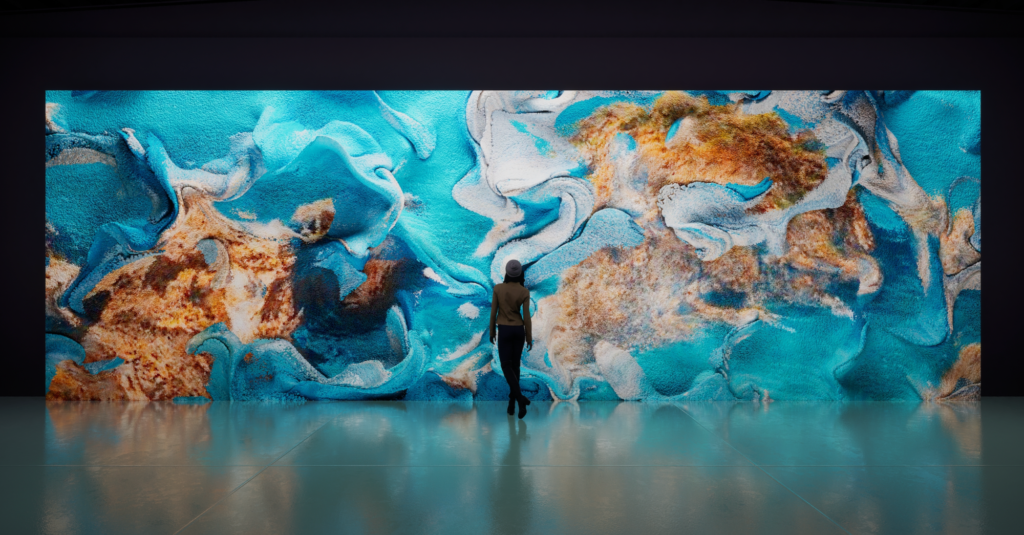
Helena Sarin and her GAN-assisted Illustrations
Helena Sarin, a visual artist, employs AI art generators to produce eye-catching, otherworldly pieces that blend the boundaries of physical and digital art. Sarin uses GANs as her “AI sketchbook,” generating a variety of concepts that she later refines and adjusts. Her work illustrates the power of AI as an assistive tool, which, when combined with human intuition and creativity, can give birth to captivating pieces of art. Sarin’s creations serve as an example of the symbiotic relationship between artists and AI, presenting the machine as a collaborator rather than a tool.
Robbie Barrat and his AI-Generated Nude Portraits
Robbie Barrat, a young AI artist, made headlines with his provocative AI-generated nude portraits. He used a dataset of 10,000 classical nude portraits to train a GAN. The resulting images, while still identifiable as human forms, contain an array of abstract and surreal features. This project illustrates how AI can be used to challenge traditional forms and conventions, pushing the boundaries of artistic norms. Barrat’s artwork provides a different perspective on the human form, showcasing how AI can bring a new sense of imagination and innovation to conventional subject matters.
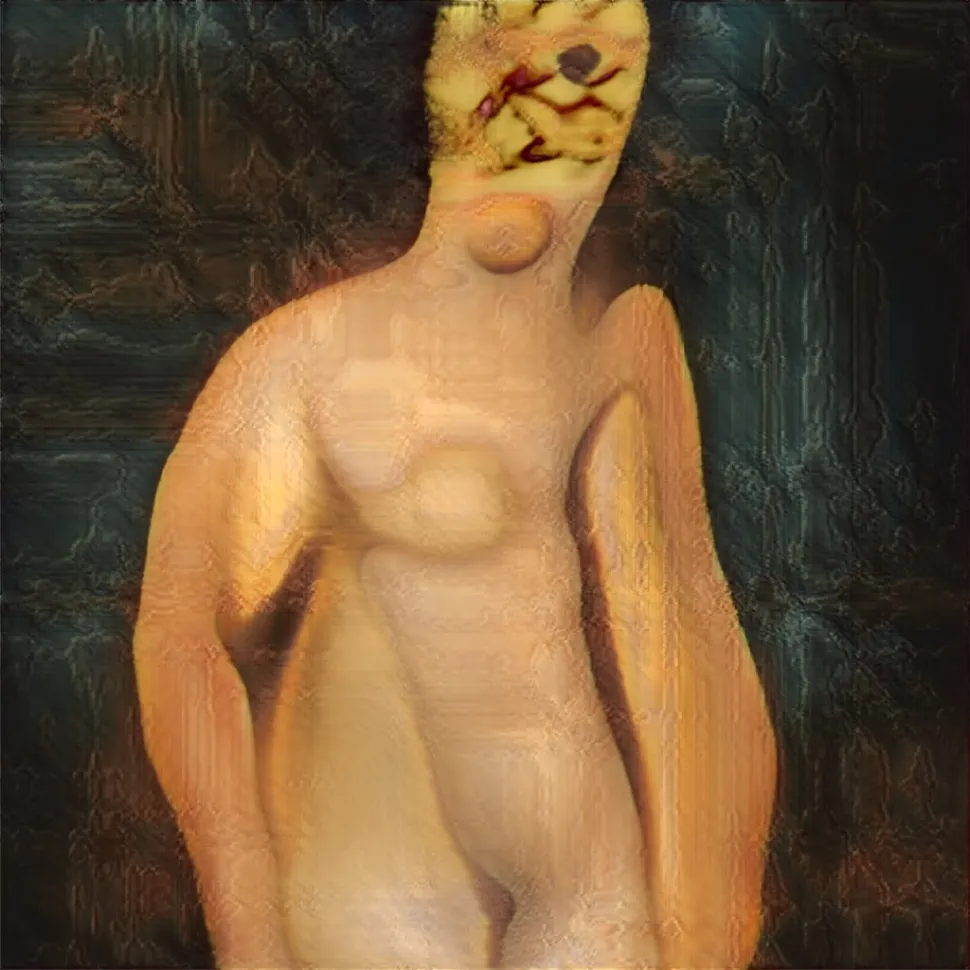
Sofia Crespo and her AI-Powered Natural Forms
Sofia Crespo is an artist known for her work in AI and generative art, primarily focusing on biology-inspired artwork. Her project “Neural Zoo” explores the possibilities of imagining new, AI-created life forms. Using AI, Crespo transforms the way we perceive natural forms by generating new creatures that have never been seen before. Her work demonstrates how artists can use AI to merge different fields – in this case, biology and art – to create visually stunning, intellectually engaging pieces.

David Young and his AI-driven Landscape Art
David Young, a digital artist, uses AI to transform landscape photos into breathtaking pieces of art. By using AI art generator from photo, Young is able to impart a unique artistic style to his photographs, resulting in a blend of realism and surrealism that captures the imagination. His work demonstrates the power of AI in expanding the boundaries of traditional art forms like landscape photography, highlighting how artists can combine human creativity with machine precision to create truly exceptional pieces of art.
Igor Pantic and his AI-Assisted Architectural Design
Igor Pantic, an architect and researcher, has been at the forefront of incorporating AI Art Generation into architectural design. Pantic uses AI as a design tool to assist in creating unique architectural structures and spaces.
In his project “AI Columns,” Pantic employed a GAN to generate various column designs inspired by classical architecture. He fed the AI model with thousands of images of classical columns, then let the AI generate its own versions. This resulted in a series of fascinating, intricate designs that pushed the boundaries of conventional architectural forms.
Pantic’s approach demonstrates the far-reaching potential of AI Art Generation, showing how it can be applied not just in traditional art, but in other creative fields like architecture. His work serves as an example of how AI can facilitate new design possibilities, offering novel ways to re-envision and reshape our built environment.
Each of these artists demonstrates the potential of AI Art Generation, providing unique and compelling ways of utilizing this transformative technology. As more artists continue to explore the capabilities of AI, we can anticipate a richer, more diverse future for the world of art.
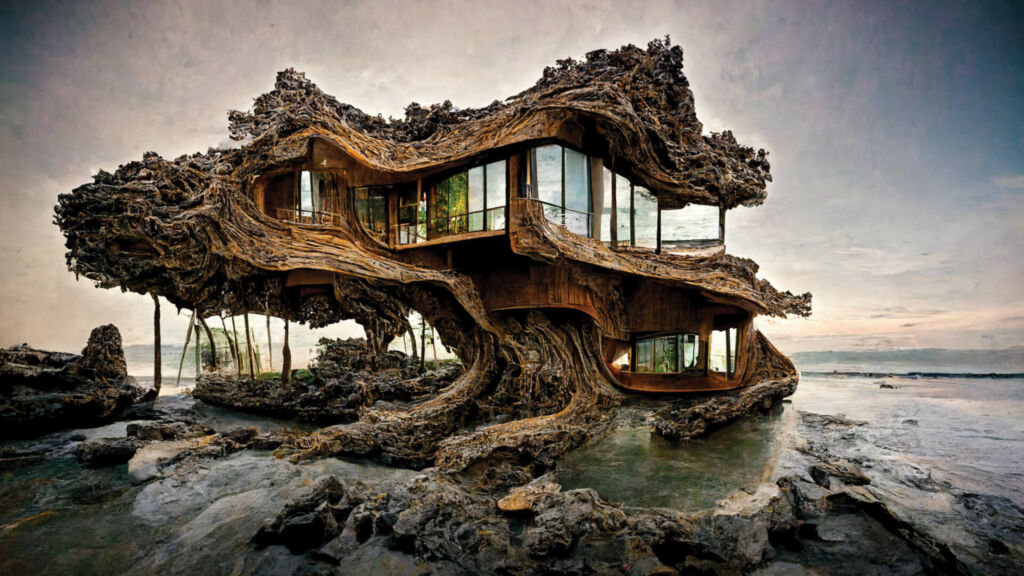
Conclusion and Future Directions
The fusion of AI and art has led to a revolution in the creative world, transforming the art landscape and sparking new forms of artistic expression. As we have seen through a variety of case studies, from Mario Klingemann’s abstract pieces to Igor Pantic’s architectural designs, AI Art Generation provides artists with unprecedented tools to push the boundaries of their creativity, explore novel concepts, and generate art in ways not previously possible.
However, the incorporation of AI in the art world is not without challenges and implications. Ethical considerations, copyright questions, and debates about the nature of creativity and artistic ownership are among the issues that need to be addressed as AI continues to gain prominence in the art world.
Nonetheless, the potential of AI Art Generation is immense. It democratizes art creation, making it accessible to more people and encouraging a wider range of voices and perspectives in the art world. Furthermore, it allows artists to create and sell their work more broadly, with platforms like NFT54 offering a marketplace for artists to sell their AI art, thus opening up new opportunities for revenue and recognition.
The future of AI in art promises to be exciting and transformative. As technology continues to evolve, so too will the ways in which artists incorporate AI into their work. We can expect to see more dynamic, interactive forms of art, increased blending of AI and human creativity, and new opportunities for artists to monetize their work. At the same time, society will need to continue grappling with the philosophical, ethical, and legal questions that AI art raises.
In the end, AI Art Generation represents a new frontier in the art world, one that is poised to redefine the boundaries of artistic creation, change the way we experience art, and shape the future of the creative landscape.

FAQ – How AI Art Generation is Empowering Today’s Artists
How does AI-generated art affect artists?
AI-generated art has a profound impact on artists by expanding their creative possibilities, increasing efficiency, and making art more accessible. It can serve as a tool to augment artistic expression, inspire new ideas, and push the boundaries of traditional art forms.
How can AI art help artists?
AI art can assist artists in numerous ways. It can provide new sources of inspiration, generate unique concepts or designs, automate repetitive tasks, and enhance productivity. AI art tools also enable artists to experiment with different styles, techniques, and visual languages, fostering creative growth and exploration.
Is AI-generated art going to replace artists?
No, AI-generated art is not intended to replace artists. Rather, it serves as a tool for artists to explore new creative avenues and expand their artistic possibilities. The human touch, creativity, and intuition remain essential in the artistic process, and AI is best viewed as a collaborator or tool to enhance artistic expression.
Why is AI-generated art important?
AI-generated art is important because it pushes the boundaries of traditional art, opens new creative possibilities, and challenges conventional notions of creativity. It enables artists to explore uncharted territories, sparks innovation, and fosters diverse and inclusive artistic expression.
Why are artists against AI-generated art?
While some artists may have reservations about AI-generated art, concerns often revolve around the potential loss of artistic control, the impact on artistic authenticity, and the fear that AI may devalue human creativity. However, many artists embrace AI as a powerful tool that can expand their artistic horizons and inspire new forms of expression.
How does AI affect creativity?
AI can impact creativity by providing artists with new sources of inspiration, facilitating experimentation, and offering novel ways to explore and develop artistic ideas. It can assist in generating innovative concepts, pushing artistic boundaries, and enhancing the creative process.
Does AI art make you an artist?
AI art tools can be used by anyone, regardless of traditional artistic skills or training. While AI-generated art can produce visually impressive results, the label of being an artist ultimately depends on the intent, creative input, and personal expression of the individual using the AI tool.
Can you use AI art for inspiration?
Absolutely! AI art can serve as a source of inspiration for artists. It can generate unique ideas, suggest new visual styles or compositions, and provide a starting point for artists to explore and develop their own creative vision.
How does technology help artists?
Technology, including AI, helps artists by expanding their creative toolkit, streamlining workflows, and facilitating experimentation. It allows for the exploration of new techniques, mediums, and styles, while also enhancing productivity and making art more accessible to a broader audience.
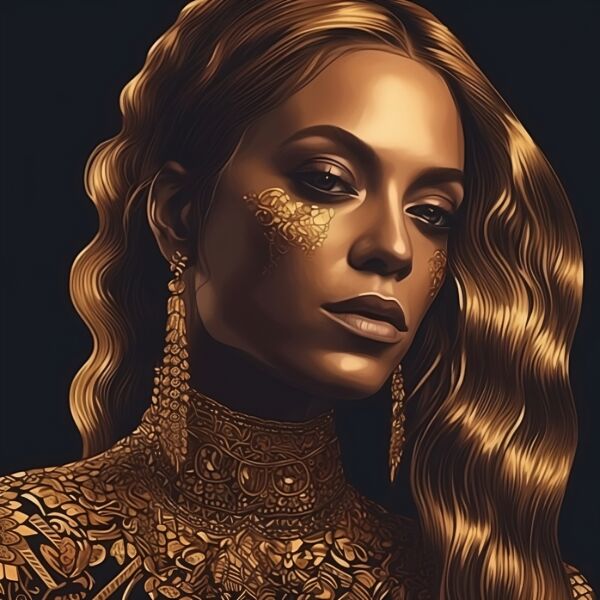

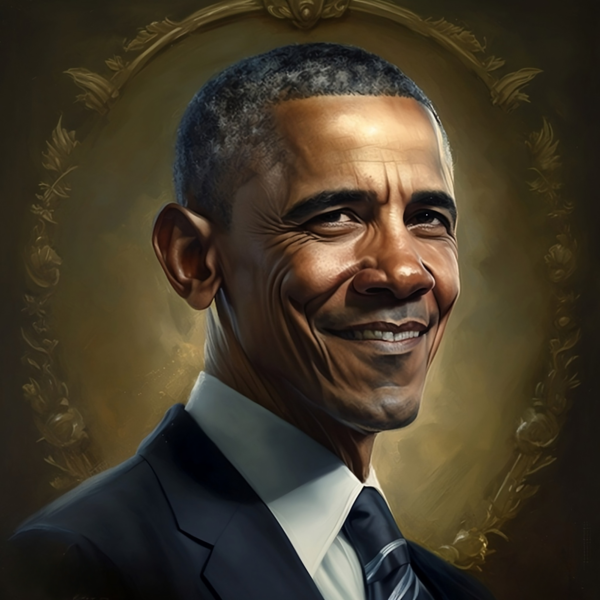
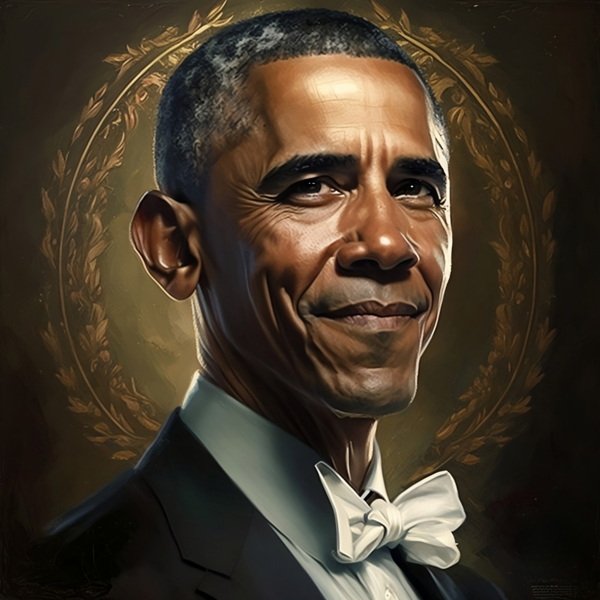
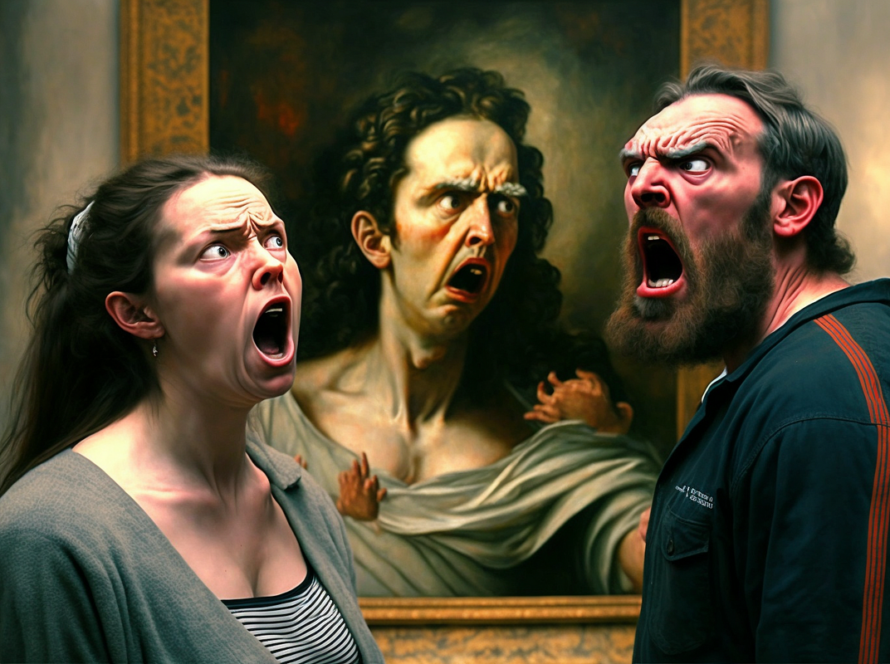
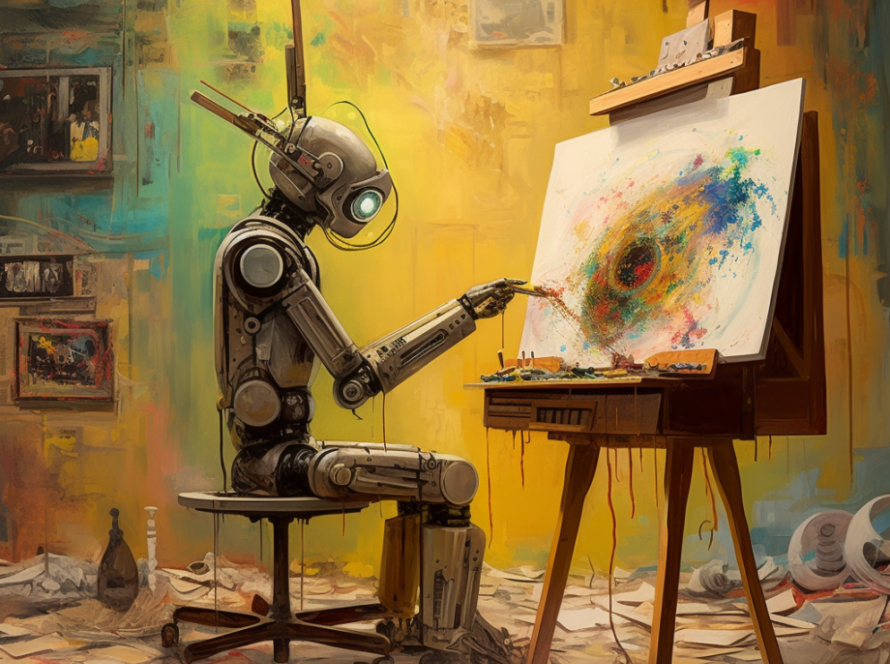
2 Comments